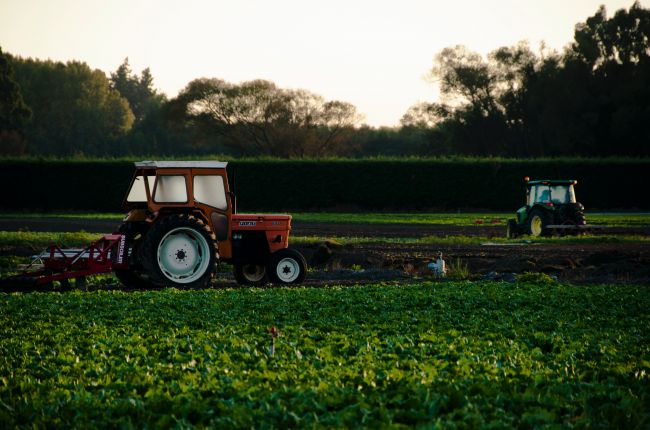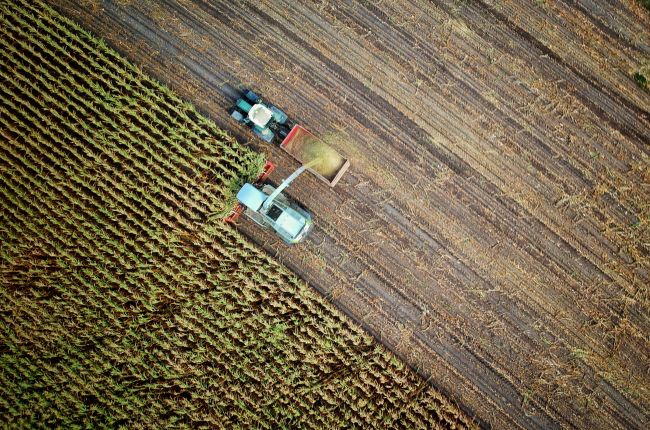Soils are a complex combination of minerals from rocks, organic matter from plants and animals, micro- and macroorganisms, air, and water. The ability of soil to support plant life is vital to the production of the food we eat and the air we breathe. Geoscientists study the characteristics, development, and efficient management of soils to improve soil functioning. Functional soils improve agricultural yields, purify infiltrating water, reduce soil erosion, treat waste, improve foundation stability for infrastructure, provide carbon storage, and reduce the impact of natural disasters.
To manage the Nation’s soils efficiently:
Support monitoring of soil health and moisture, erosion, and deposition into waterways to allow for optimal operations and plant production. Managed soils improve fertility and crop yields, and potentially reduce offsite contamination. Soil health is based on understanding soil biodiversity and its relation to essential ecosystem functions. Healthy soil supports a wealth of biotic diversity. Geoscientists improve our understanding of the link between soil microorganisms and the functions they provide to support plant growth, remediate contaminants, and contribute to a drought- and flood-resilient ecosystem.
Incorporate knowledge of basic soil characteristics and properties into the planning, design, construction, and modification of critical infrastructure. Soil and rock provide the foundation for our Nation’s buildings, roads, bridges, water systems, and pipelines. Understanding soil properties and how they relate to the underlying geology leads to more resilient infrastructure.
Expand the use of soil as a biological filter that removes and degrades pollutants from water. Environmental geoscientists use soil filtration as a natural and inexpensive means to mitigate pollution and improve water quality.
Improve soil characterization and geologic mapping to identify underlying hazards. Earthquakes, landslides, wildfires, droughts, and floods all affect soil stability, sometimes leading to loss of life and property. Identifying and mitigating potential weaknesses in soil layers benefits society by reducing the likelihood and impact of disasters.






